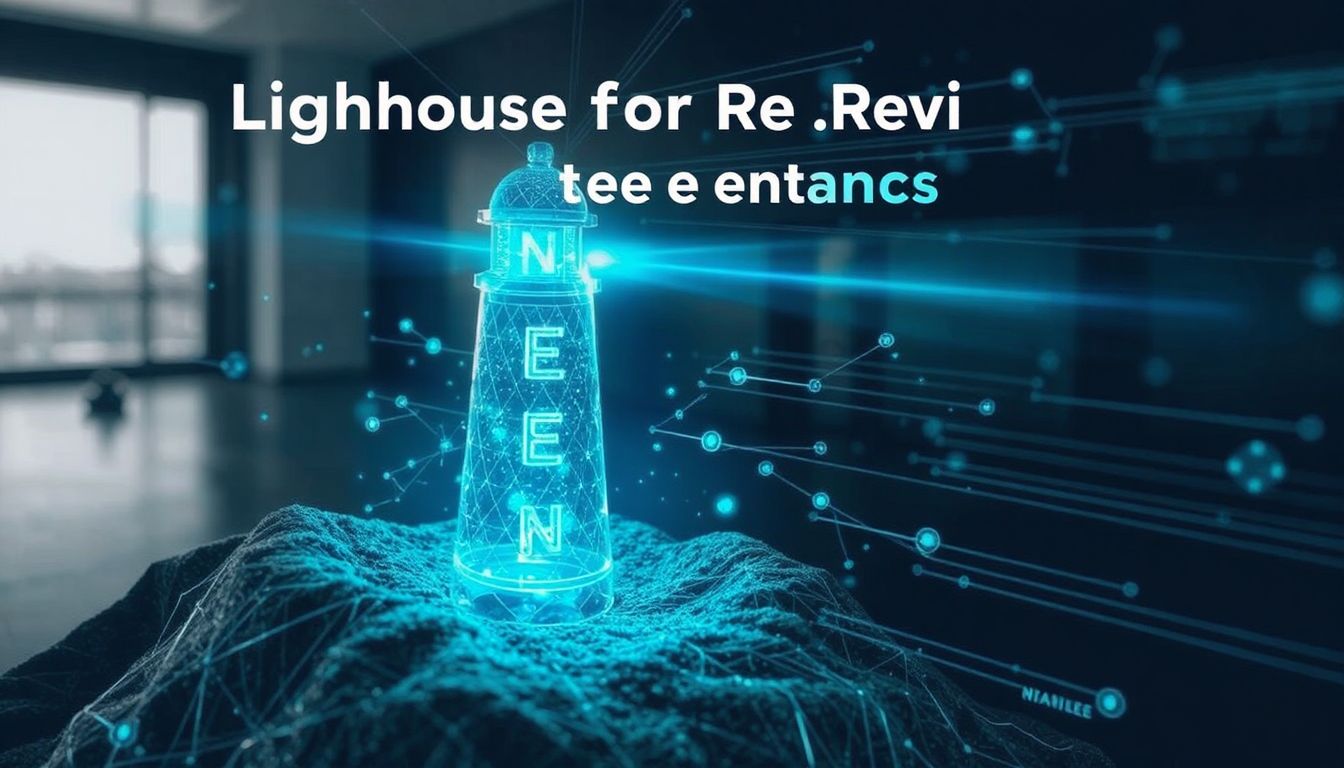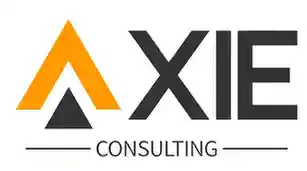
How Lighthouse AI for Review is Transforming eDiscovery
In today’s fast-paced regulatory landscape, managing compliance documents can feel like navigating a maze blindfolded. Whether it’s pharmaceutical supply chains, financial regulations, or cross-border trade agreements, businesses are buried under mountains of ever-changing paperwork. That’s where Lighthouse AI for Review steps in—a cutting-edge solution that leverages artificial intelligence to simplify and enhance the eDiscovery process.
The Challenge of Modern eDiscovery
eDiscovery, or electronic discovery, refers to the process of identifying, collecting, and analyzing digital documents for legal or compliance purposes. Traditionally, this has been a labor-intensive task, requiring teams of legal professionals to manually sift through thousands—sometimes millions—of files. The sheer volume, combined with tight deadlines and the risk of human error, makes this a costly and inefficient process.
Industries like pharmaceuticals, finance, and healthcare face even greater challenges due to stringent regulations. Missing a single compliance requirement could result in hefty fines, legal battles, or reputational damage. This is where AI-powered solutions like Lighthouse AI for Review come into play, offering speed, accuracy, and scalability.
How Lighthouse AI for Review Works
Lighthouse AI for Review combines multiple AI technologies to streamline eDiscovery:
1. Predictive AI for Document Classification
Predictive AI analyzes documents and categorizes them based on relevance, privilege, or sensitivity. Unlike traditional keyword searches, which often miss context, predictive AI understands nuances, reducing false positives and ensuring critical documents aren’t overlooked.
2. Generative AI for Automated Review
Generative AI assists in summarizing, redacting, and even drafting responses to compliance requests. This not only speeds up the review process but also ensures consistency and defensibility in legal proceedings.
3. Linguistic Modeling for Precision
Lighthouse AI’s linguistic modeling goes beyond standard natural language processing (NLP). It fine-tunes the system to recognize industry-specific jargon, legal terminology, and even subtle contextual clues, improving accuracy beyond what generic AI models can achieve.
4. Image Recognition & OCR for Non-Text Documents
Not all compliance documents are text-based. Contracts, invoices, and medical records often come in scanned PDFs or image formats. Lighthouse AI’s optical character recognition (OCR) and image analysis capabilities extract and interpret text from these files, making them searchable and reviewable.
Key Benefits of Lighthouse AI for Review
1. Faster Turnaround Times
Manual document review can take weeks or even months. Lighthouse AI reduces this to days—or even hours—by automating repetitive tasks, allowing legal teams to focus on strategy rather than paperwork.
2. Higher Accuracy & Fewer Errors
Humans are prone to fatigue and oversight. AI, on the other hand, maintains consistent accuracy, especially when trained on domain-specific data. Lighthouse AI claims its privilege review feature is 60% more accurate than traditional keyword-based methods.
3. Cost Efficiency
By cutting down on manual labor, businesses save significantly on legal and compliance costs. Some users report up to a 40% reduction in document review volumes, translating to faster ROI.
4. Scalability for Large Volumes
Whether dealing with thousands or millions of documents, Lighthouse AI scales effortlessly. This is particularly valuable for industries with high document turnover, such as healthcare or financial services.
Real-World Applications
Pharmaceutical Compliance
Pharma companies must adhere to FDA regulations, international trade laws, and patent filings. Lighthouse AI helps automate the tracking of regulatory changes and ensures compliance across complex supply chains.
Legal & Privilege Review
Law firms and corporate legal departments use Lighthouse AI to quickly identify privileged communications, reducing the risk of accidental disclosures in litigation.
Data Privacy & PII Protection
With GDPR, CCPA, and other privacy laws in play, identifying personally identifiable information (PII) or protected health information (PHI) is critical. Lighthouse AI automates this detection, minimizing compliance risks.
Why Traditional Methods Fall Short
Before AI, eDiscovery relied on:
1. Manual Review
Slow, expensive, and prone to human error.
2. Basic Keyword Searches
Misses context and generates irrelevant results.
3. Rule-Based Systems
Too rigid to adapt to new compliance requirements.
Lighthouse AI overcomes these limitations by combining machine learning with human expertise, ensuring both speed and precision.
The Future of AI in eDiscovery
As regulations grow more complex, AI will become indispensable in compliance and legal workflows. Future advancements may include:
1. Real-Time Compliance Monitoring
AI could continuously scan new documents as they’re created, flagging potential issues before they escalate.
2. Cross-Jurisdictional Analysis
For global businesses, AI could automatically compare documents against multiple countries’ laws simultaneously.
3. Enhanced Collaboration Tools
Integrating AI with legal team workflows to provide instant suggestions and risk assessments.
Final Thoughts
Lighthouse AI for Review isn’t just another tool—it’s a game-changer for industries drowning in compliance paperwork. By harnessing the power of predictive and generative AI, businesses can reduce costs, minimize risks, and stay ahead of regulatory demands. Whether you’re in pharmaceuticals, finance, or legal services, adopting AI-driven eDiscovery is no longer optional—it’s essential for staying competitive in a compliance-heavy world.
